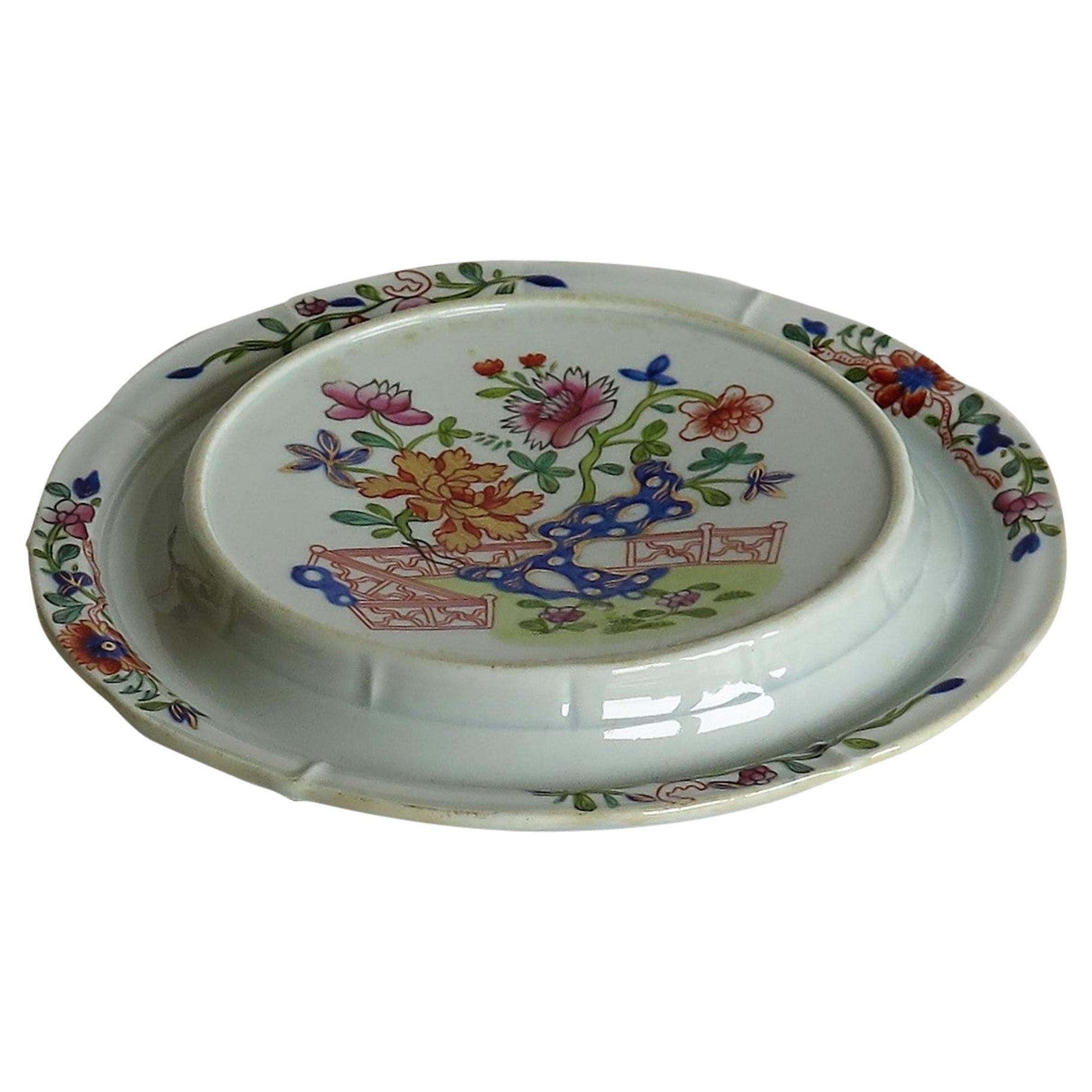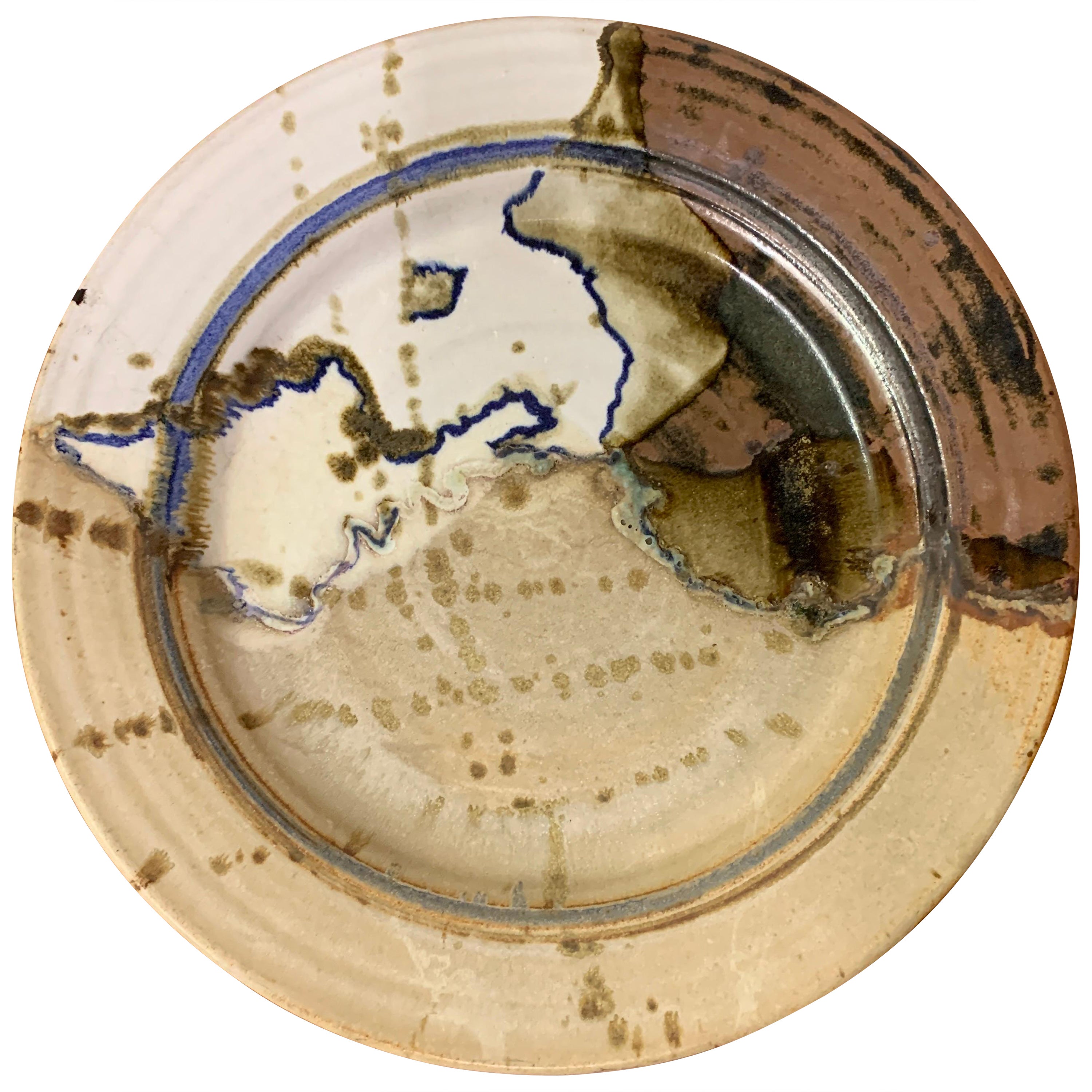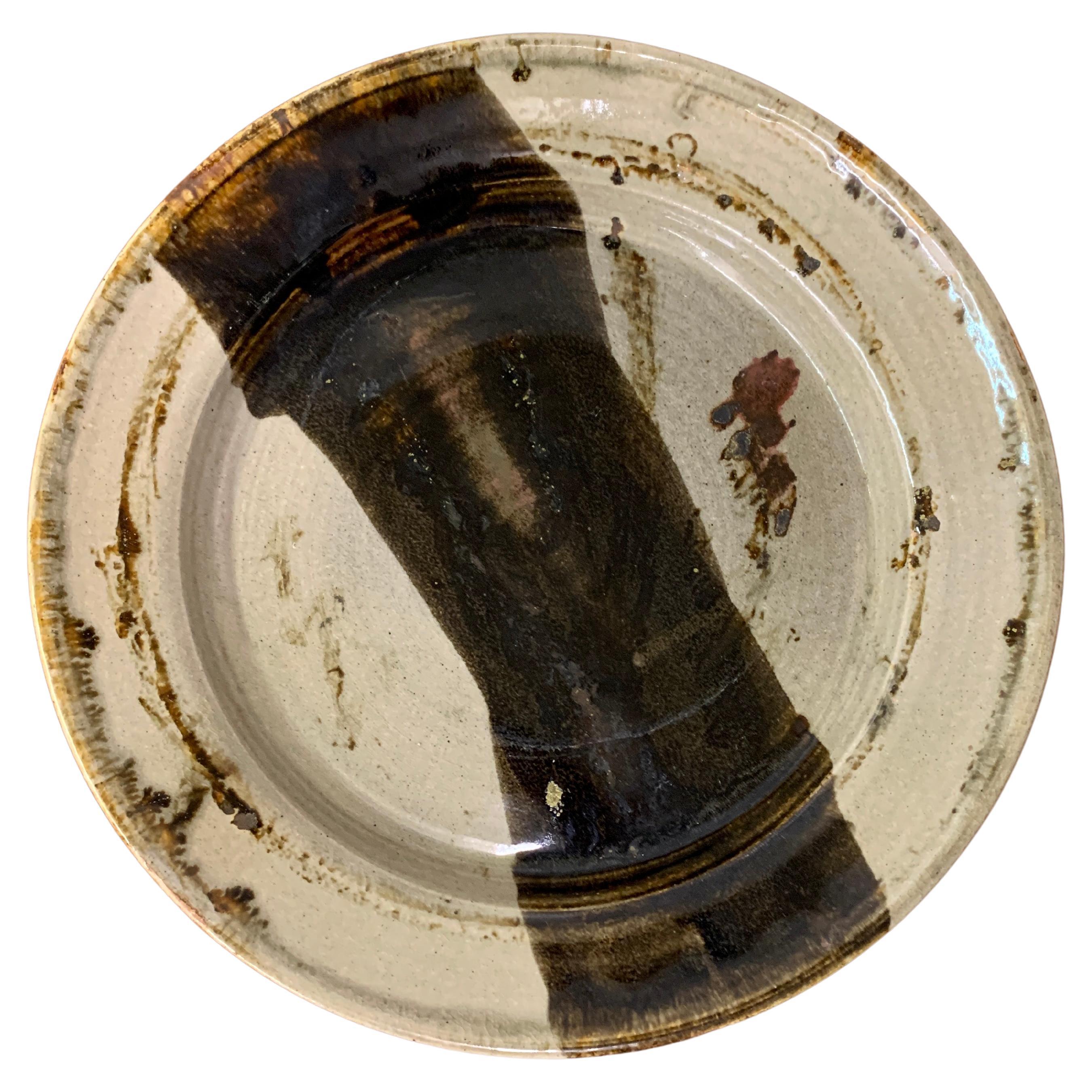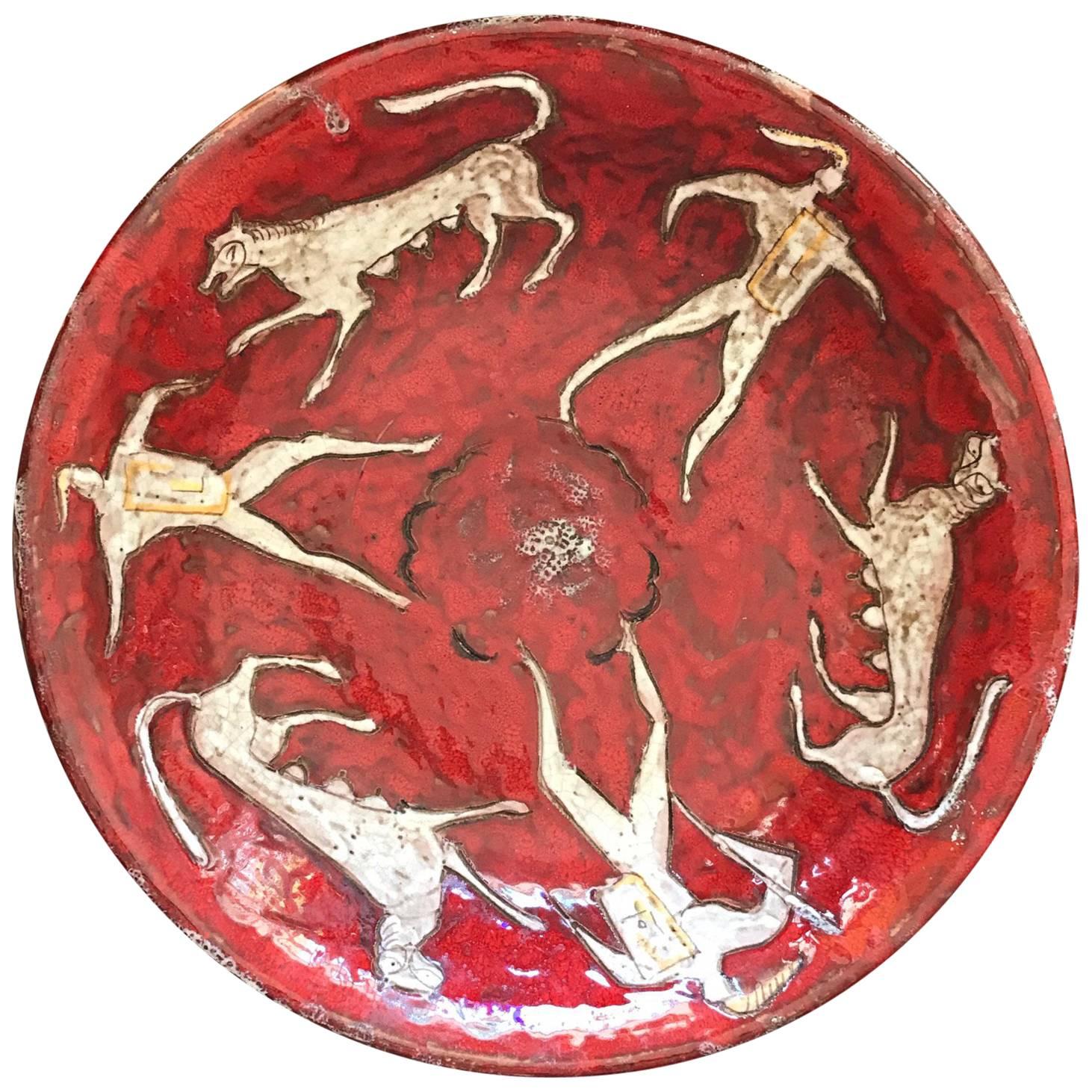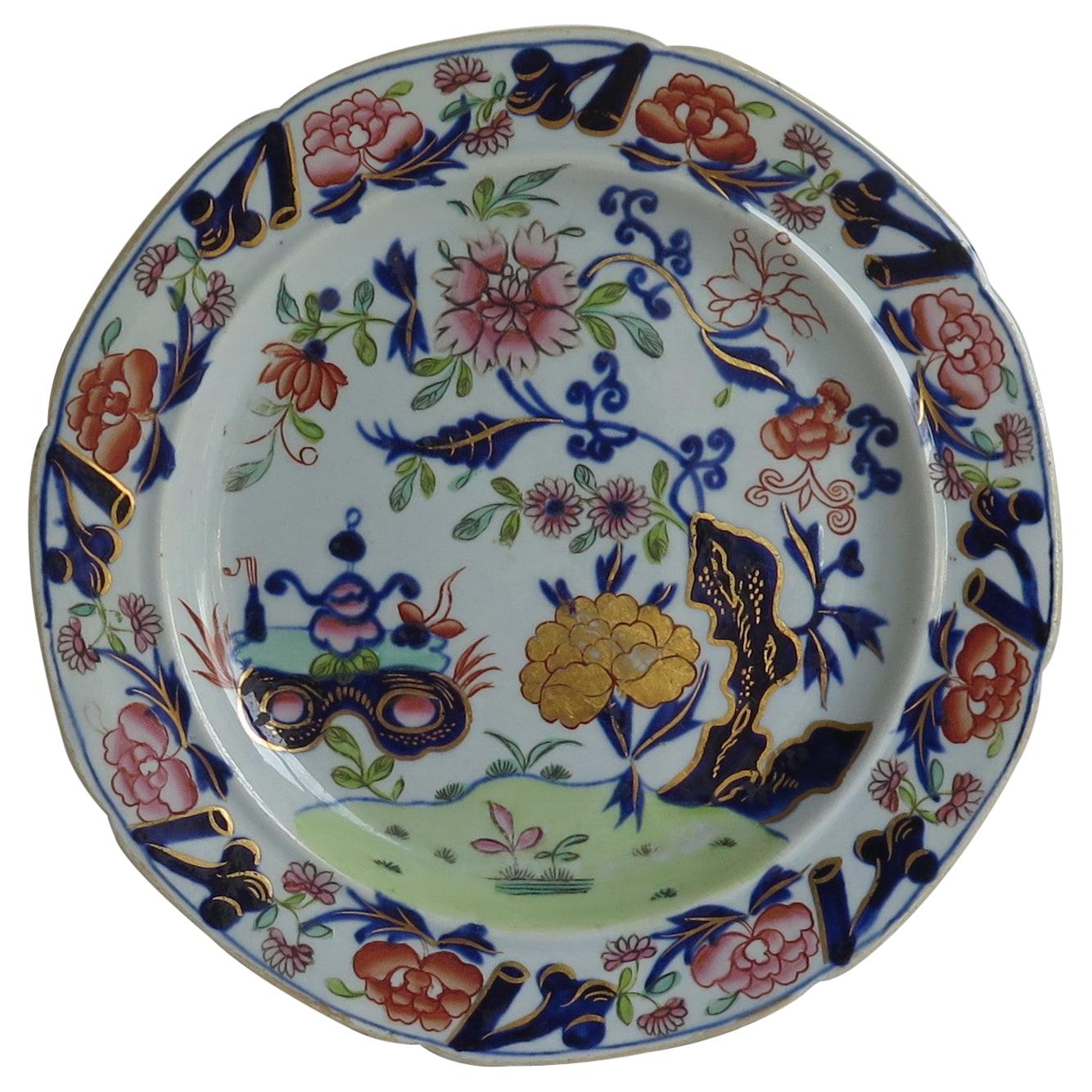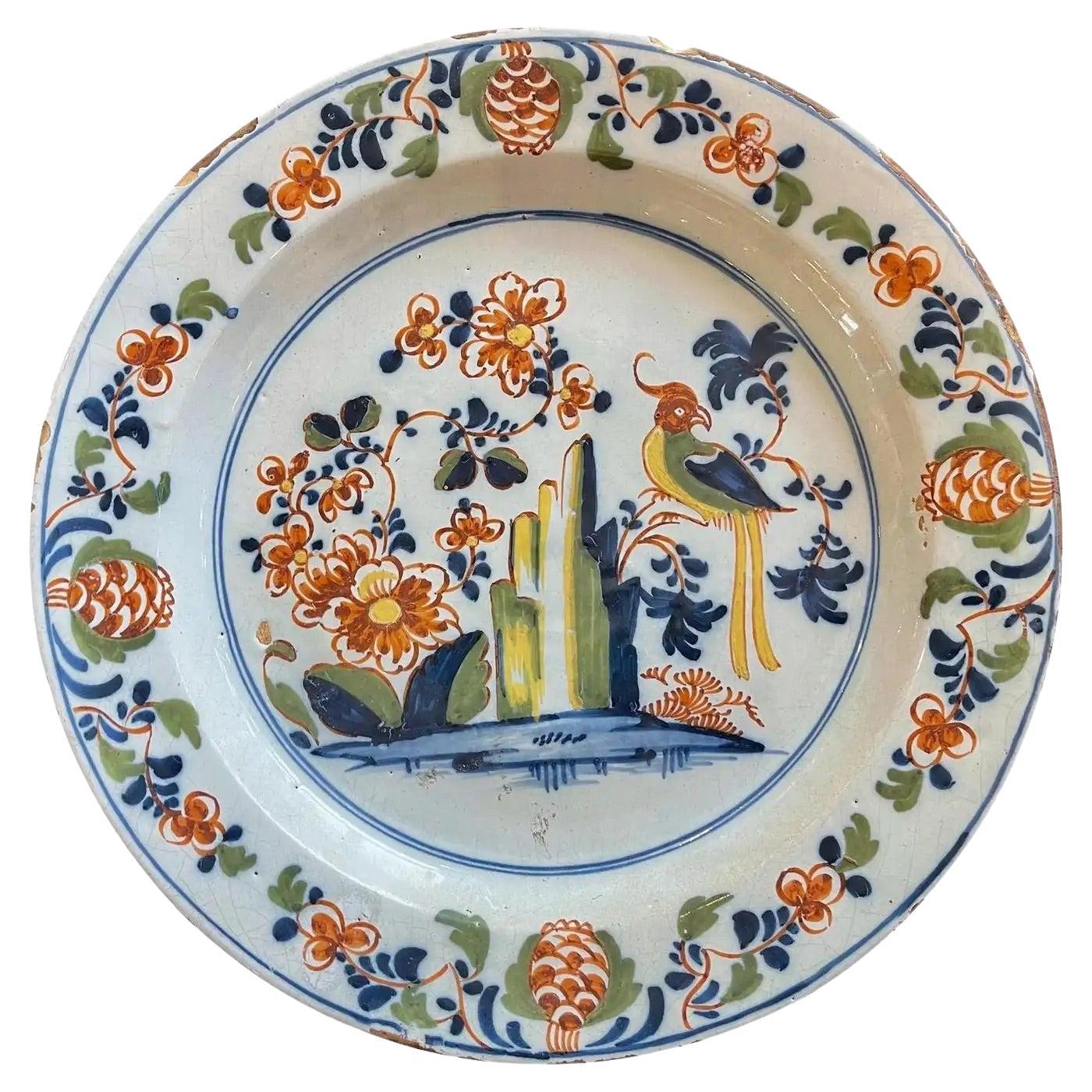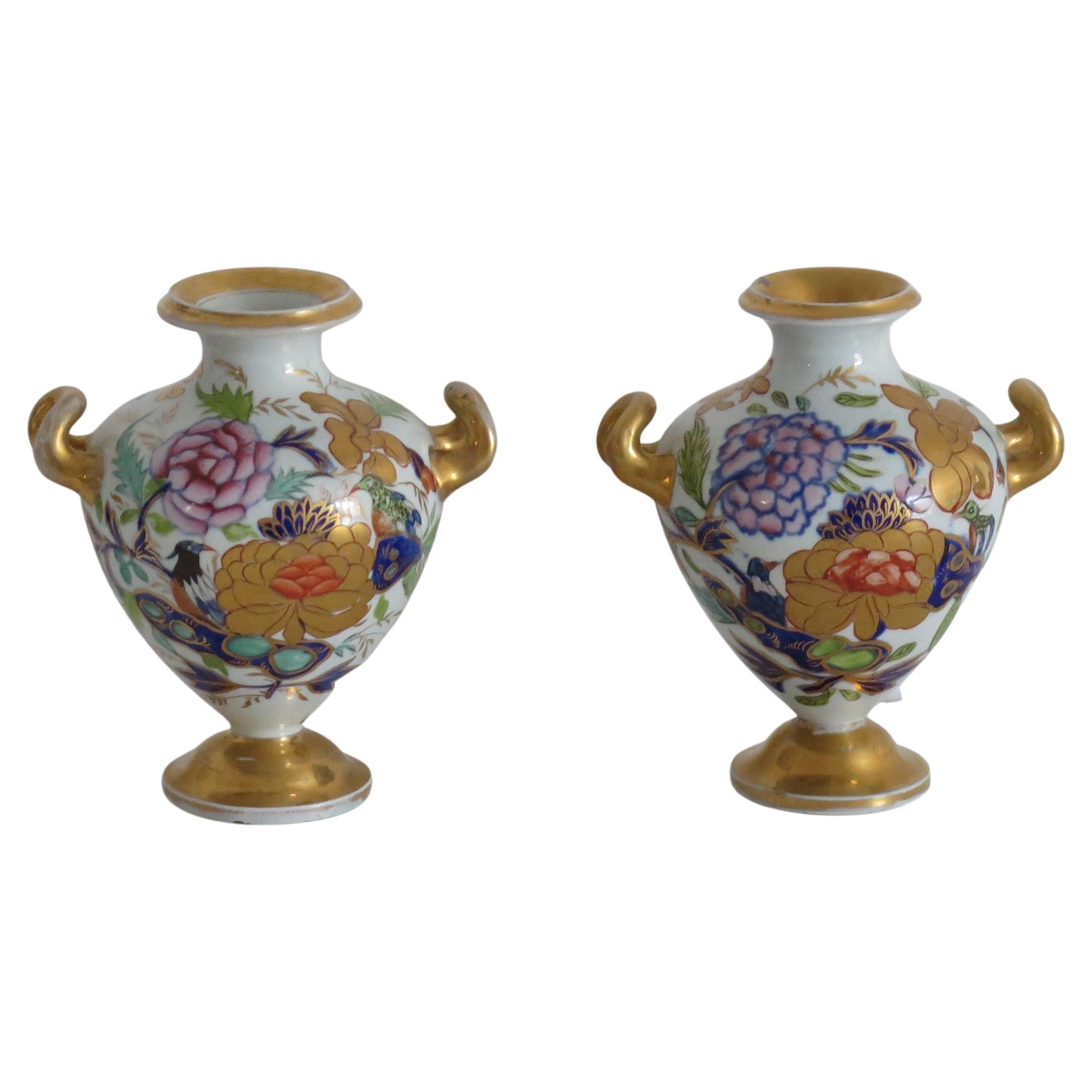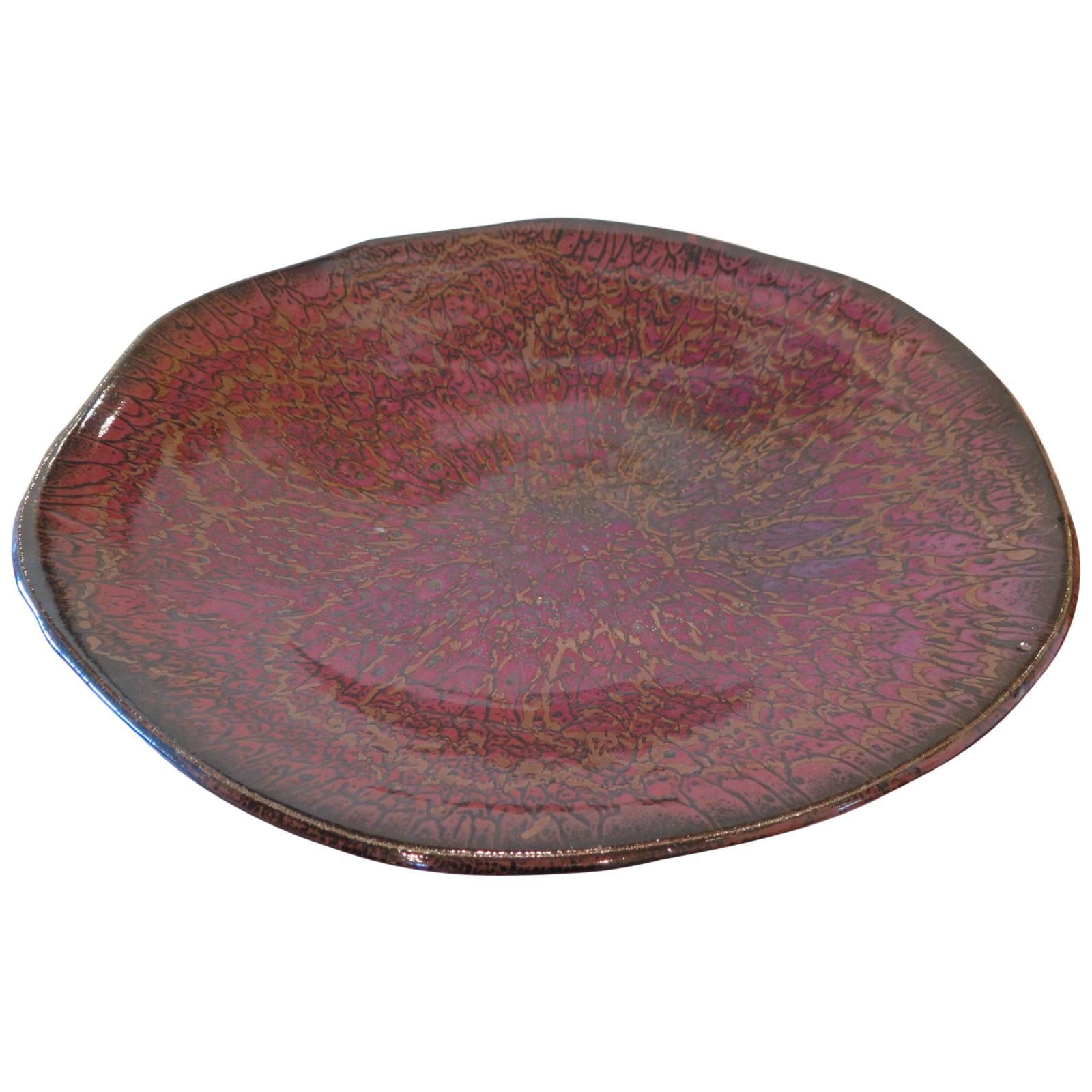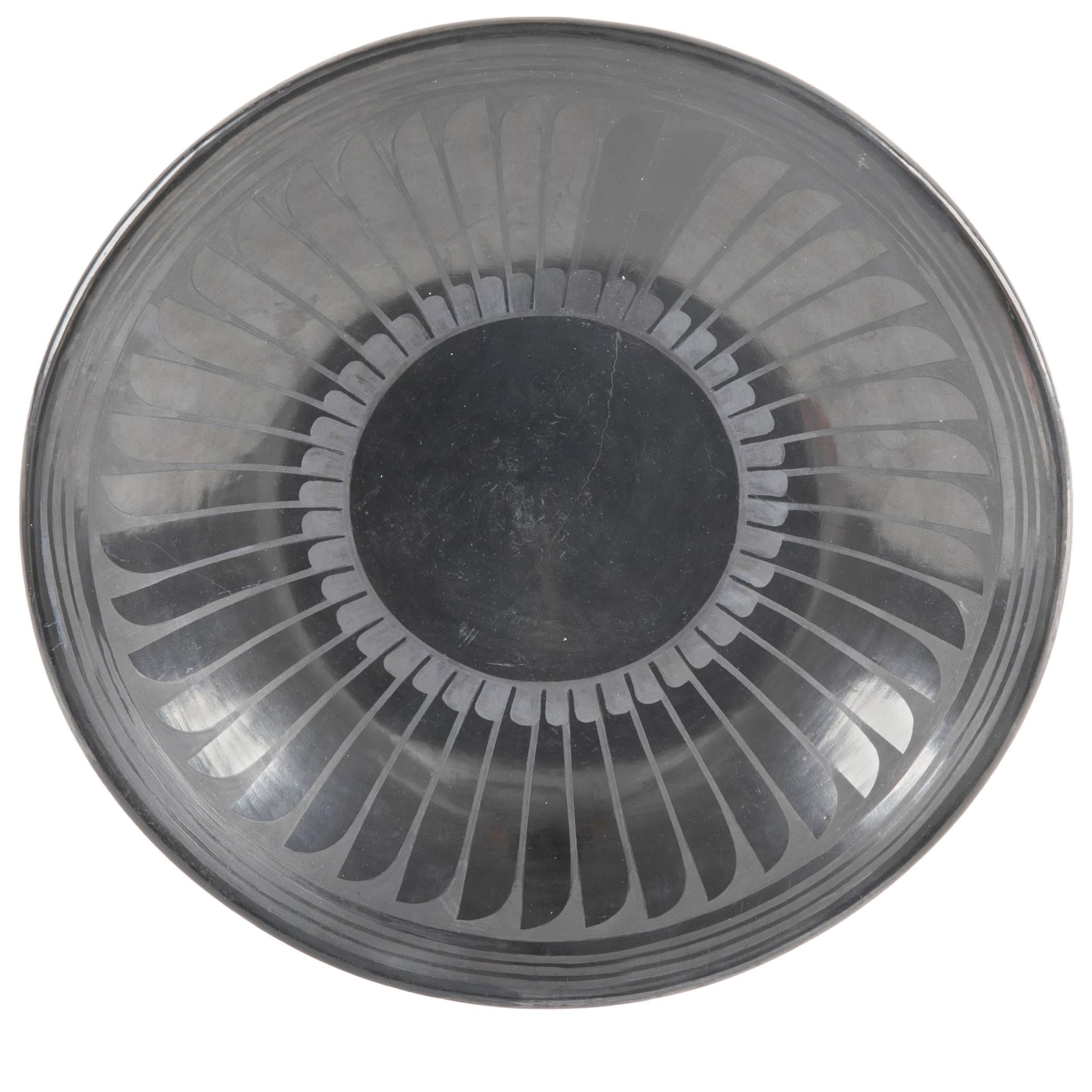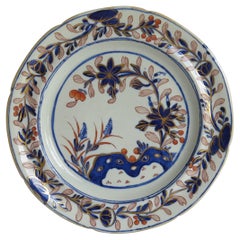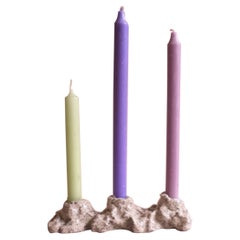
English Delftware Chargers with Parrot, Flowers Rock in Polychrome
View Similar Items
1 of 4
English Delftware Chargers with Parrot, Flowers Rock in Polychrome
About the Item
- Dimensions:Height: 13.5 in (34.29 cm)Diameter: 13.5 in (34.29 cm)
- Sold As:Set of 2
- Materials and Techniques:
- Place of Origin:
- Period:1750-1759
- Date of Manufacture:1750
- Condition:Wear consistent with age and use. Clean unrestored original condition with only minor wear related to age.
- Seller Location:Woodstock, GB
- Reference Number:Seller: 84621stDibs: LU958114239782
You May Also Like
- Early Mason's Ironstone Teapot Stand in Fence, Rock and Gold Flower PtnBy Mason's IronstoneLocated in Lincoln, LincolnshireThis is a very good teapot stand in the fence, rock and gold flower pattern made by Mason's Ironstone in the early 19th century Georgian period, circa 18...Category
Antique Early 19th Century English Georgian Ceramics
MaterialsIronstone
- Georgian Mason's Ironstone Side Plate in Rock Leaves & Flowers Ptn, circa 1815By Mason's IronstoneLocated in Lincoln, LincolnshireThis is a fine Ironstone pottery side plate made by the Mason's factory at Lane Delph, Staffordshire, England and beautifully hand decorated in the Rock, Leaves and flowers Pattern, ...Category
Antique Early 19th Century English Chinoiserie Ceramics
MaterialsIronstone
- Triple Candle Rock in Stracciatella Clay with Sheer GlazeLocated in Sammu-shi, Chiba?Title : Triple candle rock in stracciatella clay with sheer glaze 2021s / Belgium Size : W240 x D80 x H50 mm Artist : Sigrid Volders [Sigrid Volders] Based in Antwerp, Belg...Category
2010s Belgian Modern Ceramics
MaterialsCeramic
- Studio Ceramic ChargerLocated in Denton, TXAbstract glaze design on this large hand crafted plate.Category
20th Century North American Mid-Century Modern Ceramics
MaterialsCeramic
- 1980s Glazed Ceramic ChargerLocated in Denton, TXStudio crafted large plate / charger with abstract glaze.Category
20th Century North American Mid-Century Modern Ceramics
MaterialsCeramic
- Eugenio Pattarino Ceramic ChargerBy Eugenio PattarinoLocated in St.Petersburg, FLA fantastic and rare ceramic charger by Eugenio Pattarino. Vibrant red color and Classic Italian Mid-Century style is represented very well in this piece. Eugenio Pattarino was born in 1885 and passed away in 1971. He was a master sculptor and model maker and taught in art schools in both Venice and Frankfort, Germany. In the late 1940s he opened his own studio in Florence. His factory used both “EPF” and “CAPEF” (Artistic Ceramics Professor Eugene Pattarino) to mark his pieces. His studio is best known for its large religious statutes, many of which reside in a number of churches in Italy and the U.S. In the 1950s Pattarino had more than fifty artists working for him and some among them were considered the best ceramists in Italy. At this time Eugenio was joined by his son, Ranier, and the company began concentrating on more eclectic themes. These pieces, when new, were quite expensive when they were purchased but almost never garner anywhere near their original cost at today's auctions. The factory claimed that the Vatican used Pattarino’s ceramics as gifts to famous visitors, including President John Kennedy, Andre Gide and Paul Sartre. Unfortunately there is no proof to back these claims. As a matter of fact I have discovered that the Pattarino name is almost generally unknown in Italy and even lesser known in Florence. His name is, however, recognized here in the United States and most of the factory’s output can be found in the U.S. where it was imported. In November 1966 the Arno River flooded its bank and inundated most of Florence. Work to restore damaged art...Category
Vintage 1950s Italian Modern Ceramics
